The Art of Choosing Coloring-Free Snacks While Quitting Alcohol
When embarking on the journey of alcohol cessation, many overlook a crucial aspect of their transformation: the snacks they consume. While the focus is often on avoiding alcoholic beverages, the snacks we turn to for comfort and distraction can harbor hidden pitfalls. One such concern is the presence of artificial food colorings, which may undermine your efforts to achieve better health. This article explores why selecting coloring-free snacks is vital during alcohol cessation and offers practical guidance for making wholesome choices.
Understanding the Impact of Artificial Colorings
Artificial food colorings are synthetic dyes used to enhance the visual appeal of processed foods. Common examples include Red 40, Yellow 5, and Blue 1, which are prevalent in snacks like chips, candies, and even some "healthy" snack bars. While these additives make food look more enticing, they come with potential health risks. Studies have linked artificial colorings to hyperactivity in children, allergic reactions, and even long-term health issues. For someone quitting alcohol, whose body is already in a state of detoxification and recalibration, introducing these chemicals can be counterproductive.
Alcohol cessation is a process that involves healing both the mind and body. The liver, which has been working overtime to process alcohol, now gets a chance to recover. Loading it with artificial additives, including colorings, can impede this recovery. Moreover, many artificial colorings are derived from petroleum, which is hardly the kind of substance you want to fuel your body with during such a critical time.
Why Snacking Matters in Alcohol Cessation
Snacking plays a significant role in the journey to sobriety. Alcohol often serves as a coping mechanism for stress, boredom, or emotional turmoil. When you remove it, there's a void that many fill with snacks. This isn't necessarily a bad thing—snacking can provide comfort, distraction, and even nutritional support. However, turning to highly processed, artificially colored snacks can create a new set of problems.
Unhealthy snacking can lead to weight gain, energy crashes, and mood swings, all of which can derail your progress. On the other hand, choosing wholesome, coloring-free snacks can help stabilize your blood sugar, improve your mood, and support overall well-being. The key is to be mindful of what you're eating and why.
Identifying Artificial Colorings on Labels
The first step in choosing coloring-free snacks is learning to identify artificial colorings on food labels. Here are some tips:
-
Look for Specific Names: Artificial colorings are often listed as "Red 40," "Yellow 6," "Blue 1," or "FD&C" followed by a color and number. These are clear indicators of synthetic dyes.
-
Watch for Ambiguous Terms: Sometimes, manufacturers use terms like "color added" or "artificial color" without specifying the exact dye. When in doubt, assume it's artificial unless stated otherwise.
-
Check for Natural Alternatives: Some snacks use natural colorings derived from fruits, vegetables, or spices. For example, beet juice for red or turmeric for yellow. These are generally safer options.
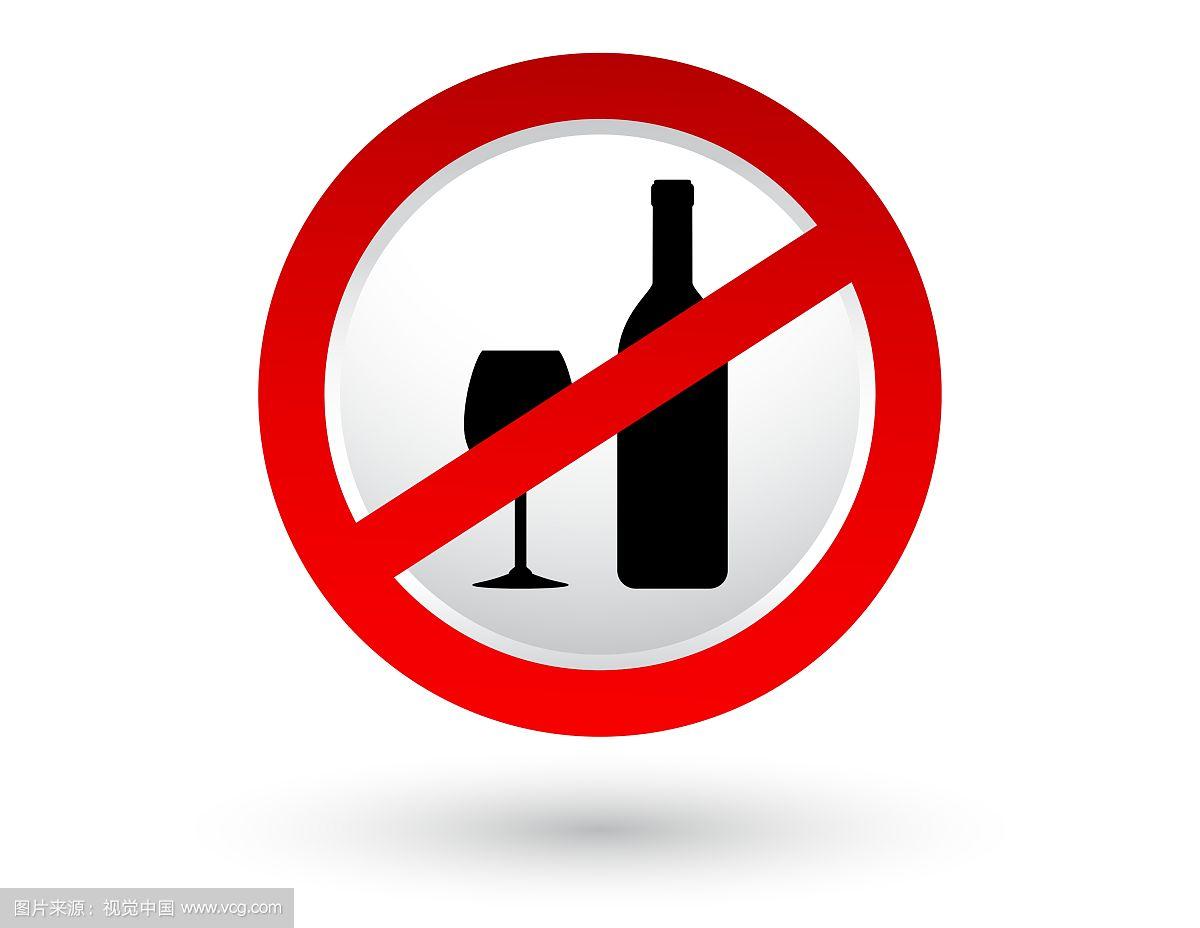
-
Be Wary of "Healthy" Snacks: Even snacks marketed as healthy or organic can contain artificial colorings. Always read the ingredient list carefully.
Benefits of Coloring-Free Snacks During Alcohol Cessation
Opting for coloring-free snacks offers several benefits that align perfectly with the goals of alcohol cessation:
-
Reduced Toxic Load: By avoiding artificial colorings, you reduce the number of chemicals your body has to process. This allows your liver to focus on healing and detoxification.
-
Stable Energy Levels: Artificial colorings are often found in sugary, processed snacks that cause blood sugar spikes and crashes. Coloring-free snacks, especially those made from whole foods, provide sustained energy without the rollercoaster effect.
-
Improved Mental Clarity: Many people report brain fog and mood swings during alcohol cessation. Artificial additives can exacerbate these symptoms. Natural, coloring-free snacks support mental clarity and emotional stability.
-
Better Digestive Health: Processed snacks with artificial colorings can disrupt gut health, which is already vulnerable during alcohol withdrawal. Whole-food snacks promote a healthy gut microbiome.
-
Enhanced Overall Nutrition: Coloring-free snacks are often made from simpler, more nutritious ingredients. This means you're not just avoiding harmful additives—you're also nourishing your body with vitamins, minerals, and antioxidants.
Practical Tips for Choosing Coloring-Free Snacks
Making the switch to coloring-free snacks doesn't have to be daunting. Here are some practical tips to guide you:
-
Prioritize Whole Foods: The easiest way to avoid artificial colorings is to choose snacks that are as close to their natural state as possible. Fresh fruits, vegetables, nuts, and seeds are always safe bets.
-
Explore Homemade Options: Preparing your own snacks gives you full control over the ingredients. Try making kale chips, roasted chickpeas, or energy balls with natural sweeteners like dates or honey.
-
Read Labels Religiously: Make it a habit to check the ingredient list of any packaged snack. If you see artificial colorings, put it back on the shelf.
-
Choose Brands Committed to Natural Ingredients: Many brands now prioritize natural colorings and clean labels. Look for companies that proudly advertise their use of fruit and vegetable-based colorings.
-
Experiment with International Snacks: Sometimes, snacks from other countries use natural colorings due to stricter regulations. For example, many European snacks avoid artificial dyes.
-
Don't Forget About Drinks: Snacks aren't the only concern. Beverages like sodas, sports drinks, and even some flavored waters can contain artificial colorings. Opt for water, herbal tea, or naturally flavored sparkling water.
Snack Ideas to Get You Started
Here are some coloring-free snack ideas that are both delicious and supportive of your alcohol cessation journey:
- Fresh Fruit: Apples, bananas, berries, and oranges are portable, nutritious, and satisfying.
- Vegetable Sticks with Hummus: Carrots, cucumbers, and bell peppers paired with homemade or store-bought hummus (check for artificial colorings!).
- Nuts and Seeds: Almonds, walnuts, pumpkin seeds, and sunflower seeds are great for crunch and nutrition.
- Greek Yogurt with Honey: Choose plain Greek yogurt and add a drizzle of honey or some fresh fruit for sweetness.
- Rice Cakes with Avocado: Top rice cakes with mashed avocado, a sprinkle of salt, and a dash of lemon juice.
- Dark Chocolate: Look for dark chocolate with a high cocoa content and no artificial colorings. It's a great treat for curbing sugar cravings.
- Homemade Trail Mix: Combine nuts, seeds, dried fruit (without added colorings), and dark chocolate chips.
- Edamame: Steamed edamame with a pinch of sea salt is a protein-packed snack.
- Oatmeal: A bowl of oatmeal with berries and a spoonful of nut butter can be a comforting snack.
- Smoothies: Blend fresh or frozen fruit with spinach, Greek yogurt, and a liquid of your choice for a nutrient-dense snack.
Overcoming Challenges
Transitioning to coloring-free snacks may come with challenges, especially if you're used to reaching for brightly colored processed foods. Here's how to overcome them:
-
Cravings: It's normal to crave familiar snacks. When a craving hits, try distracting yourself with a walk, a glass of water, or a healthier alternative. Over time, your taste buds will adjust.
-
Social Situations: Parties and gatherings often feature colorful snacks. Eat beforehand or bring your own coloring-free options to share.
-
Time Constraints: Preparing snacks from scratch takes time. Batch-prep on weekends to have healthy options readily available during the week.
-
Cost: Some natural snacks can be more expensive. Focus on seasonal produce and buy nuts and seeds in bulk to save money.
The Bigger Picture: Mindful Eating and Sobriety
Choosing coloring-free snacks is more than just a dietary change—it's part of a broader shift toward mindful eating. Mindfulness involves paying attention to what you eat, why you eat it, and how it makes you feel. This practice can be incredibly powerful during alcohol cessation, as it helps you reconnect with your body's needs and signals.
When you choose snacks free of artificial colorings, you're making a conscious decision to prioritize your health. This act of self-care reinforces your commitment to sobriety and builds confidence in your ability to make positive changes. Over time, these small choices add up, creating a foundation of wellness that supports your long-term goals.
Conclusion
Alcohol cessation is a multifaceted journey that requires attention to both physical and emotional well-being. Selecting coloring-free snacks is a simple yet impactful way to support your body during this time. By avoiding artificial additives, you reduce your toxic load, stabilize your energy, and nourish yourself with wholesome ingredients. Remember, every snack is an opportunity to choose health over convenience, and each positive choice brings you one step closer to a vibrant, sober life.
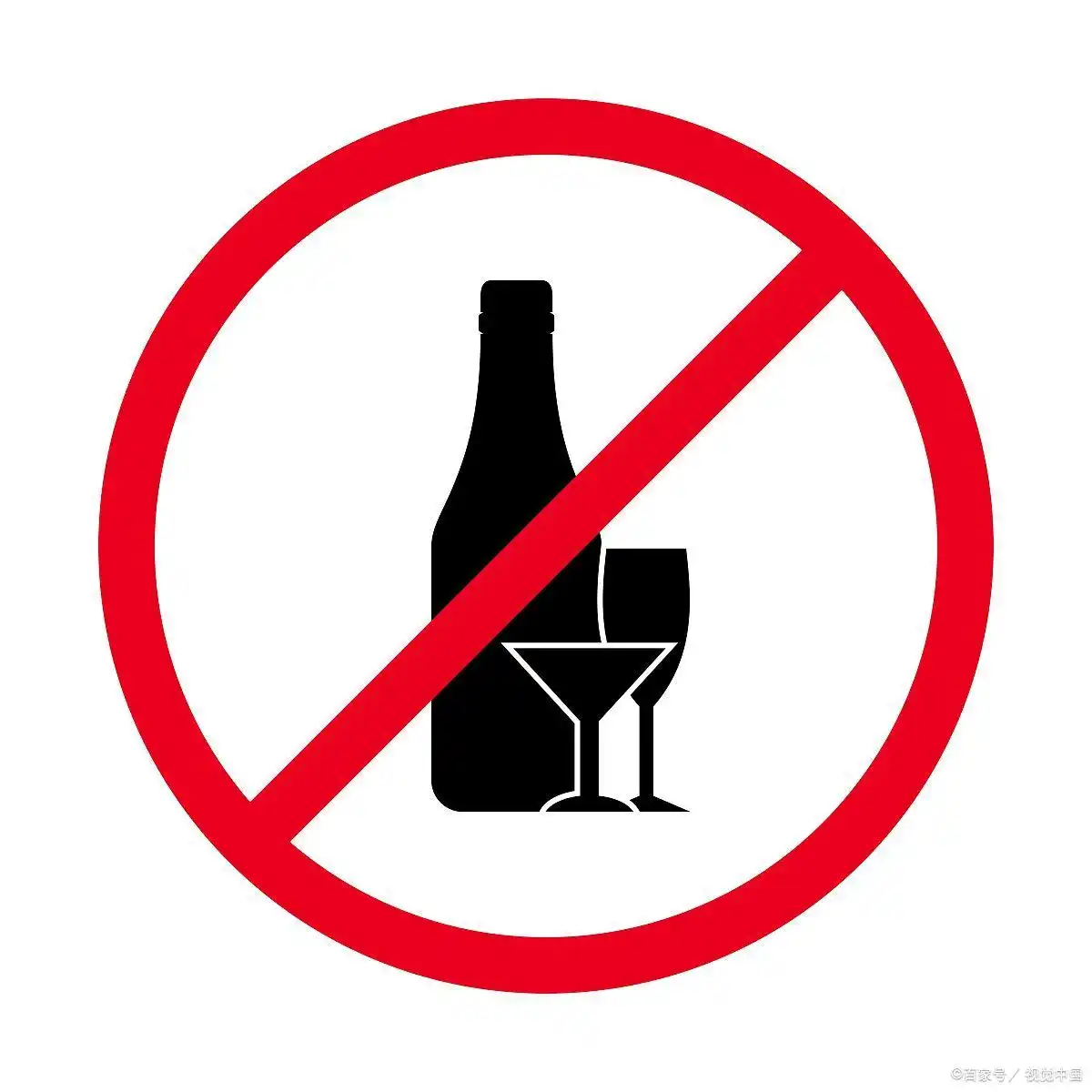
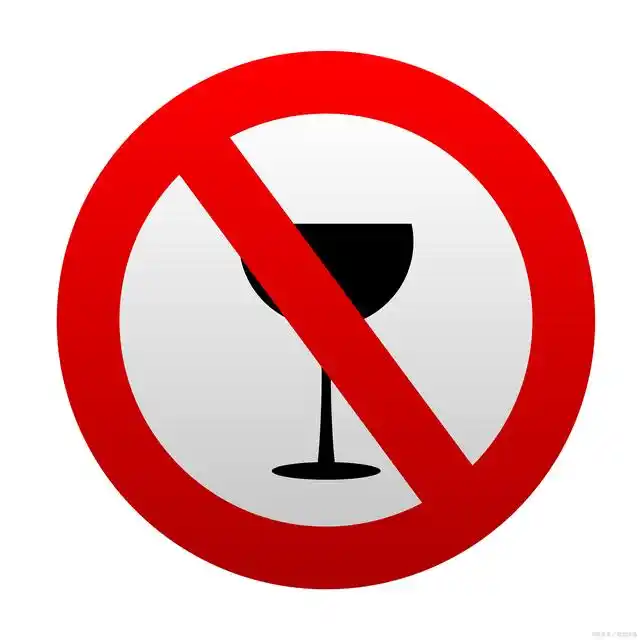
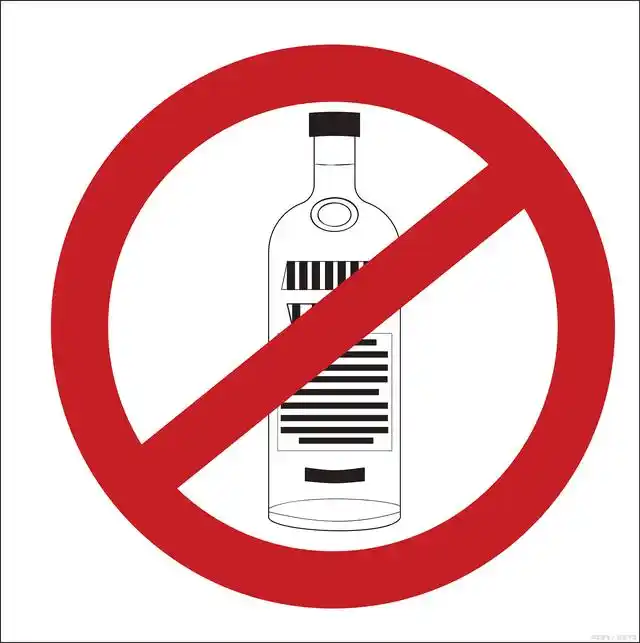
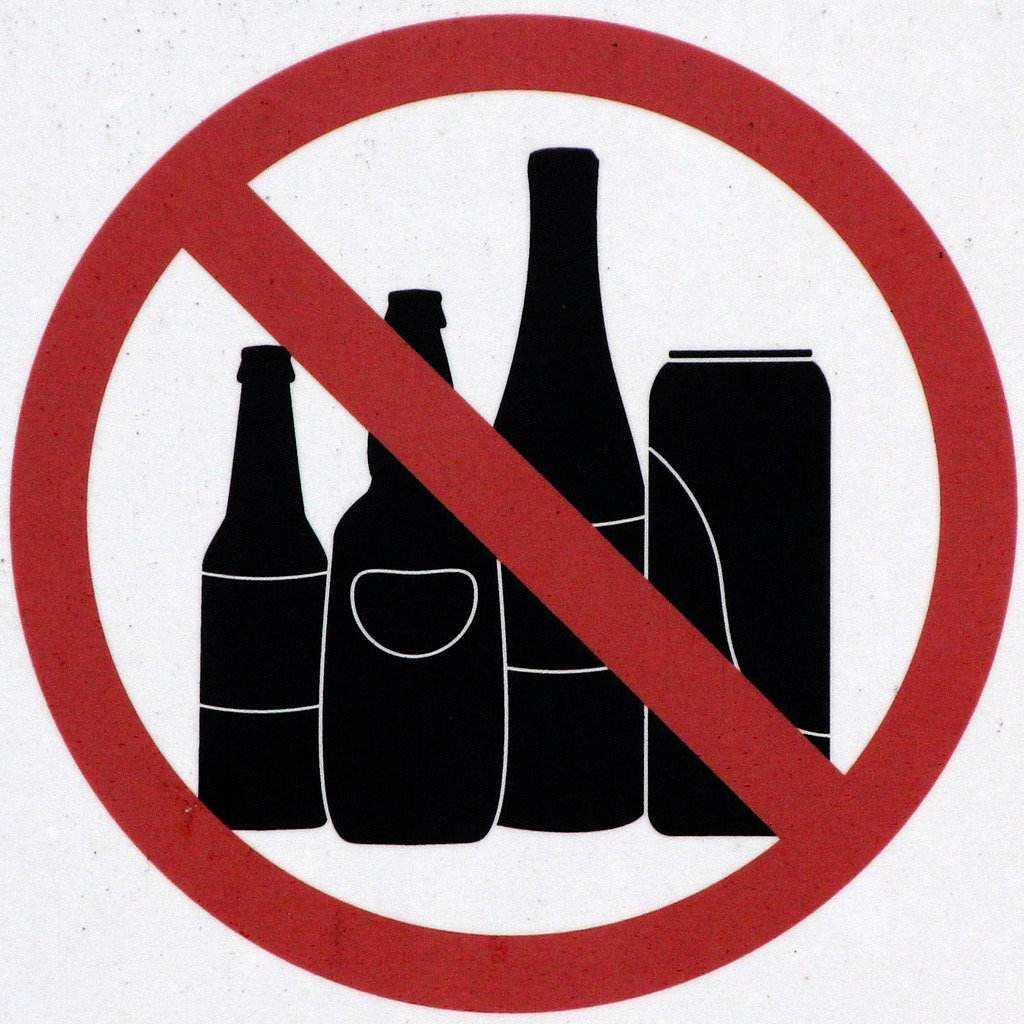
发表评论